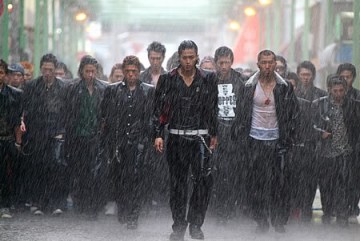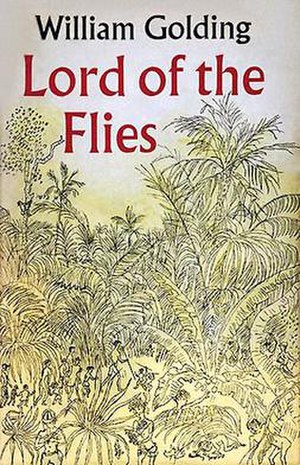
Published in 2011, She’s Never Coming Back is a heady combination of crime thriller and mystery. Written by Hans Koppel, which is in fact “a pseudonym for an established Swedish Author who was born in 1964 and lives in Stockholm.”
In actual fact Hans Koppel is a children’s book writer by the name of Petter Lidbeck. Lidbeck published his first adult novel in 2008 and actually revealed to the press in 2010 that he was Hans Koppel. *courtesy of Wikipedia.

She’s Never Coming Back is set in Sweden. The story begins with a murder. A psychiatrist gives a lecture on his book The Victim and The perpetrator and the nine steps required to break a victim down. Two old class mates talk about a group of bullies they went to school with.
And in the town of Hittarp, Ylva Zetterberg is abducted on her way home from work by an older couple. Her husband Mike and their daughter Sanna don’t know that Ylva won’t be coming home that night.
Koppel has written a taut and almost clinical thriller here. A story that deals with revenge, consequences and brain-washing. A long time ago when Ylva was in secondary school she and three male friends were known as The Gang of Four. They terrorised their school mates. Now years later, the Gang of Four have gone their separate ways, but their past has caught up with them.
We are given glimpses into what happens to three of the gang. The first member to go dies naturally of cancer. The second member is murdered at the beginning of the book. The third and last members of the gang will soon be dealt with and their end is not meant to be ‘natural.’
Ylva has been put in the soundproofed basement of the house across the street from her own home. She can see the house through a cctv monitor in the basement. This is where her captors plan to break her down and remove any idea of escape.
The book is set up so we can ‘see’ the process of the victim break-down in relation to what is happening to Ylva. We also see the distress and anguish that her husband is going through. The book is quite detailed and could also have been called Kidnapping for Dummies or the DIY Abductors Handbook.
The story is well told, we see how Ylva’s disappearance affects everyone connected to her. It also shows how difficult it is for the police to investigate disappearances and how the ‘significant other’ is always the first suspect.
A close to the knuckle book of the finest order and one that kept me in suspense until the very end. Suffice to say I think that Petter Lidbeck has successfully shed his children’s author title. Even if he had to change his name to do it.
Related articles
- Gorging Myself on Books (mikesfilmtalk.com)
















You must be logged in to post a comment.